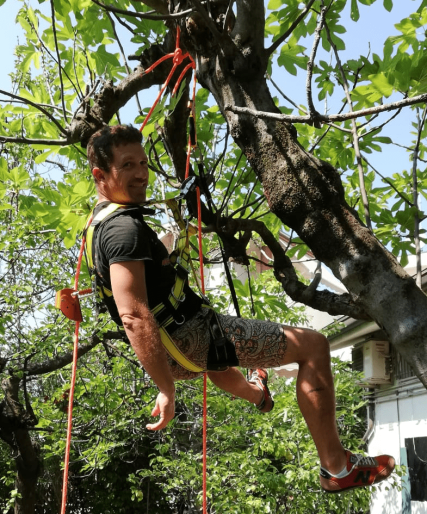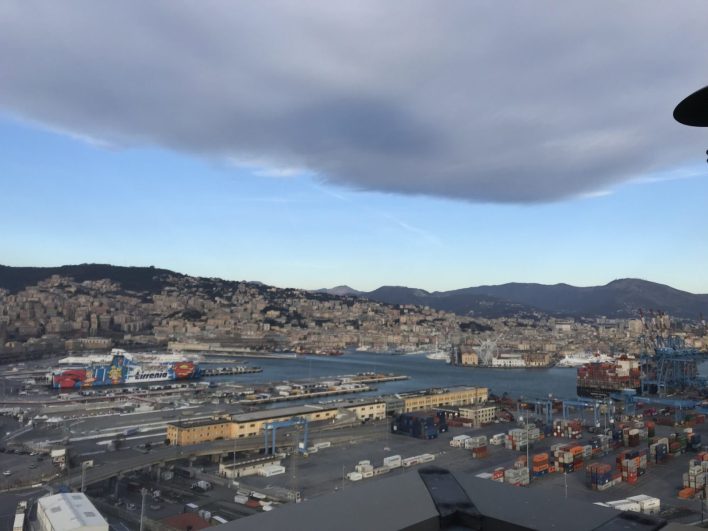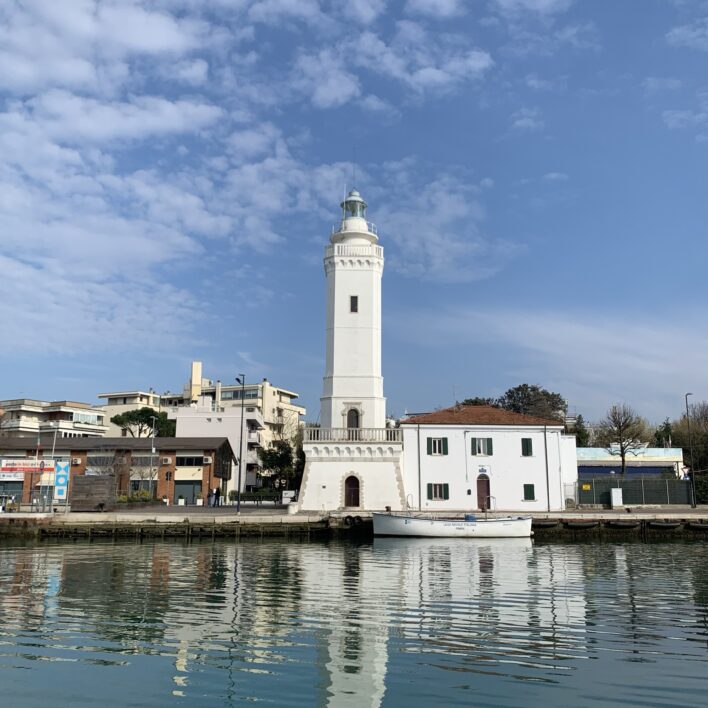What is that?
Simple … it’s a textile ladder, with aluminum pegs, which is used to be hoisted, with the mainsail halyard to go up into the masthead. Very interesting the system that as shown in the video is sold by Osculati. Presented in Paris and Berlin successfully.
How does it work?
Simple, connect the shackle on top of this textile ladder to the mainsail halyard, pull up the mainsail halyard and extend upwards. Once hoisted, one must, as seen in the video, connect the ends to the mast foot, sometimes even using extensions, since it depends on where the boom starts. Once connected to the mast foot, it must be tensioned. At this point the ladder is ready to be used. Looking at the video below you can get an idea of how this lineup works.
My personal observations
In my opinion, however, there are problems. Given that I have a patent for work at first level, in practice I have the patent to be able to do work hanging from a rope in safety, which is required to climb the mast from current legislation that I quote in the links here and below, I noticed some, in my opinion, deficiencies. (Which for which I never climb the masthead with the bangio, since I did the YCI course with Paolo Vianson and the Alpina guide 🙂
- First of all I would never insure the ladder to a cricket, I would make a nice gas to ensure the ladder, or even if we passed a knot of eight, avoiding to use the cricket that pulls up the mainsail, this to avoid any possible breakage steel.
-

Come si vede bene nella foto, sono appeso con un gri gri o discensore all’imbrago ventrale e un ASAP sempre della Petzel al dorsale. As you can clearly see in the photo, I hang with a gri gri or descender to the ventral harness and an ASAP always by Petzel to the dorsal. To climb on the ladder I would not make sure with a single rope attached to the height of the belly or of the sternum, but absolutely I would also use an attached rope that slides into an ASAP connected to the backbone. I talked about strings because I would use semi-dynamic strings for knotted descents with the tops of the spinnaker and since the ladder is connected to that of the mainsail with a third top of respect for the boat, which surely a boat of that kind has. All this for greater security.
- Please assure me that my partner who buys me is also certified and that he too can, in any case, use the safety rope to climb the same so I can pick you up, once the alarm is raised in the event of my illness or problem. This can only be done if you are familiar with climbing and the handle for climbing and if you have a second harness, a gri gri for the descent, also called a descender and a second ASAP, carabiners and slings for the person’s body . I enclose a video below that will let you know what can happen.
- For the rest it really seems like a good invention, not only for the boat, but also for climbing real trees. but it is necessary to use it safely and to constantly ensure that the rope to which it is secured, the ventral, is hoisted at the same time as the climb and that the ASAP, which I recommend from the PETZL, easily slides along the rope that we have lowered from the head of tree, so that if there was any problem the ASAP, our safety device suddenly blocks our fall in a short time, up to ten centimeters.
You can’t mess with the height ….! If you faint you have about 20 minutes to recover the person’s body and lay it in a safe position at the foot of the tree to avoid lethal blood clots. You should always be VERY CAREFUL to work at height.
Link:
https://www.giornaledellavela.com/2018/12/08/salire-albero-sicurezza-rigger/?fbclid=IwAR1oTuHuEc5sAc46ACmjaLiejJUfWvdiD1AEcIOoGTohuDSzX2MSy0GCP_A
Other Links:
https://blog.magellanostore.it/lavori-testa-dalbero-la-sicurezza/


